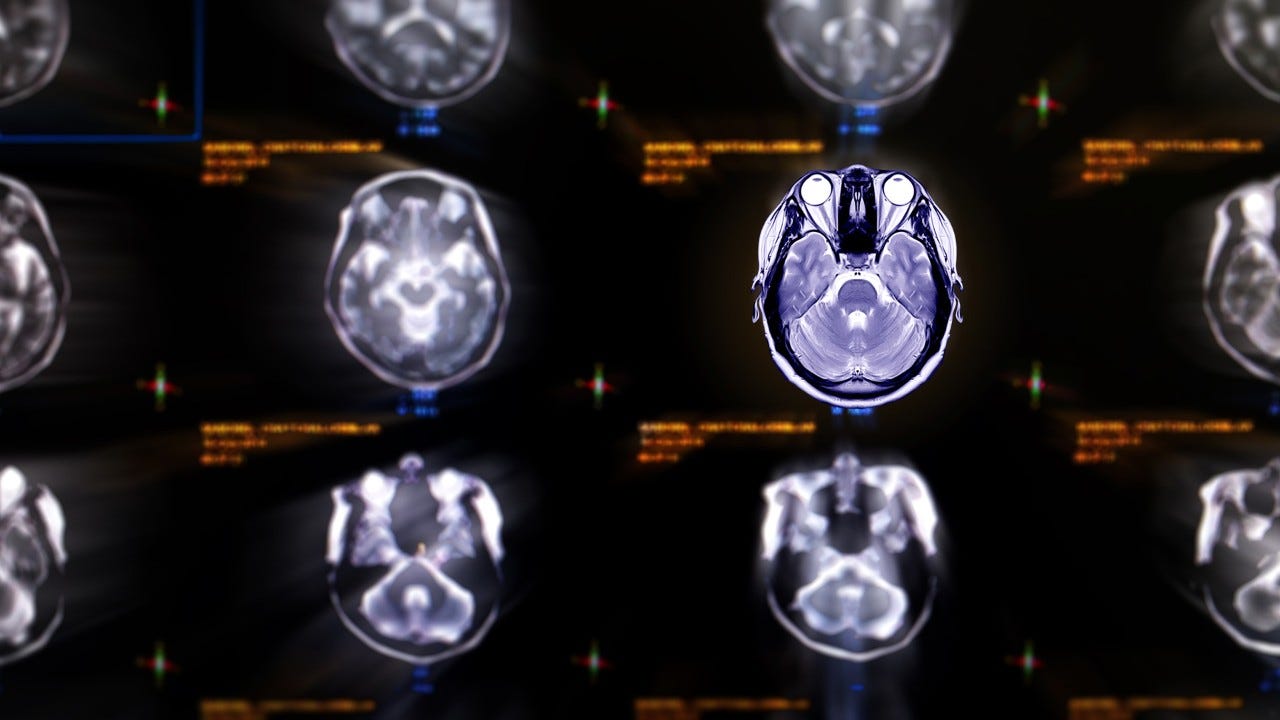The basics of first aid
Why do some people act calmly and decisively in an emergency while others are practically rooted to the spot? Knowledge and experience are key.

A fall from a ladder, sudden shortness of breath, a fainting episode: the likelihood of being confronted with a medical emergency at some point in our lives is high. Almost a third of the Swiss population have already experienced such an emergency in their immediate environment. Helping quickly is a moral imperative.
However, it can be scary to see an injured or unconscious person. Half of those surveyed in a study by the Swiss Red Cross said they felt uncertain about the right thing to do – because they lacked the necessary knowledge or because their last first aid course was too long ago.
“The biggest mistake you can make is to do nothing,” says Franz Keggenhoff. During his time as an instructor at the German Red Cross, he gave countless people first aid training. That people with little experience of giving first aid feel uncertain is completely normal, he says. After all, an emergency is not an everyday situation.
However, even without thorough training, most people are still able to do the right thing. “If you call emergency services and hold an injured person’s hand, you are already providing first aid. And most people are intuitively able to perform even the more specific procedures correctly,” Keggenhoff explains. In his book “Erste Hilfe – Das offizielle Handbuch” (“First aid – the official manual”, published by Südwest), he describes typical emergencies and accidents and explains what to do if they occur. We present the most common situations.
Five tips to refresh your first aid knowledge.
-
A person is lying on the ground
Speak to them: “Most people can respond and explain what happened and how they are feeling,” says Franz Keggenhoff.
Check their breathing: If the person is unconscious, check whether they are breathing. If they are breathing normally, move them carefully into the recovery position and call emergency services.
Call 144: If the person is not breathing, call emergency services first or arrange for someone else to do it and begin resuscitation straight away.
Chest compression: Uncover the person’s chest. Place the heels of both of your hands on top of one another in the centre of the person’s breastbone and press down, compressing the chest by approximately 5 centimetres.
Optimal rhythm: “Stayin’ Alive” by the Bee Gees. If you know how to give recovery breaths, do so. Untrained people should keep on doing chest compressions until the emergency services take over.
Use a defibrillator: If several people are helping, somebody should fetch a defibrillator and familiarise themselves with it. “Don’t be afraid of these devices,” says Franz Keggenhoff. “They tell you exactly what to do, step by step.” Before delivering a shock, it is essential to stop the chest compressions and step away from the patient!
-
Stroke
On average, somebody suffers a stroke every 30 minutes in Switzerland. Strokes are medical emergencies in which time is absolutely of the essence because the brain is not being supplied with sufficient oxygen. If a man’s smile suddenly appears lopsided or he is unable to lift his arm or repeat a sentence properly, these are typical signs that he may have suffered a stroke.
These symptoms can also occur in women, but in their case the first indications of a stroke often also include nausea, shortness of breath, chest pain and headache. If you suspect a stroke, call emergency services immediately and explain the symptoms to them. They can then take the patient directly to a hospital with a specialist stroke unit.
Until the paramedics arrive, sit the affected person with their upper body raised and loosen any tight clothing. “Don't give them something to drink under any circumstances,” warns Franz Keggenhoff, “As they may have difficulties swallowing it.”
-
Heart attack
A healthy heart pumps just under five litres of blood per minute. Heart attacks occur when coronary blood vessels become blocked, preventing the heart from receiving enough blood and oxygen. If a person is suffering from severe chest pain, anxiety and cold sweats – other symptoms, particularly in women, include a feeling of pressure or tightness in the chest, nausea and vomiting – call emergency services immediately and report a possible heart attack. So-called chest pain units can then be brought along. Important: Reassure those affected as much as possible.
-
Fainting
When a person gets dehydrated or overexerts themselves in hot weather, this may cause them to faint. If they are conscious, give them something to drink and lay them on their back with their legs slightly raised. If the person is shivering, they need to be kept warm.
Important: do not attempt to give an unconscious person something to drink. Call emergency services and check their breathing regularly.
-
Heat stroke
Dizziness, nausea, headache and a bright red face and neck are symptoms of heat stroke. Excessive exposure to the sun can irritate the membranes surrounding the brain so much that they swell up. “A stiff neck can also be a sign of heat stroke,” says Keggenhoff.
The affected person should be taken out of the sun straight away – ideally to a cool place or at least into the shade. Lay them down with their upper body raised and place cool wet towels on their head to alleviate the symptoms. It is also advisable for the patient to drink plenty of fluids – but only if they are fully conscious. As with all emergencies, first aiders should check regularly whether the person is breathing and responsive.
First aid in children
Chest compression: In infants, press lightly on the sternum (breastbone) with two fingers (pressing the chest down approximately 3 centimetres). The rhythm is the same as for adults – “Stayin’ Alive” by the Bee Gees.
Choking/suffocation: If a child has choked on something and is coughing, hold them with their upper body bent forwards and encourage them to keep on coughing. Call for help if the child is not breathing in before they cough or cannot cough at all. If the child is conscious, lay them over your knee on their tummy and give five sharp blows between their shoulder blades. Babies should be positioned with their tummy on your forearm, their head supported by your hand. If the blows to the back do not help and the child is aged over one year, you can perform the Heimlich manoeuvre. With younger children, lay them down face up and give five thrusts to their chest, as with chest compression.
Poisoning: It is essential to call the emergency poisoning hotline 145! The child may take small sips of water or tea. If they have consumed an acidic or alkaline substance, they should drink as much as possible straight away. Do not give them milk under any circumstances as this can cause the poison to be absorbed more quickly in the intestine. Do not try to induce vomiting!


